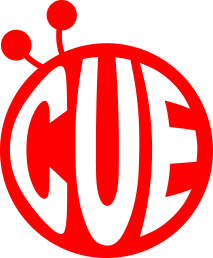The dairi-bina (literally, Imperial Palace's dolls)
originally indicated the
pair of the Hina-matsuri dolls, the obina and mebina; however, the mistakes of
calling the obina 'Odairi-sama' and the mebina 'Ohina-sama' became
a common practice due to the lyrics of the children's
song 'Ureshii Hinamatsuri' (Happy Hina-matsuri).


